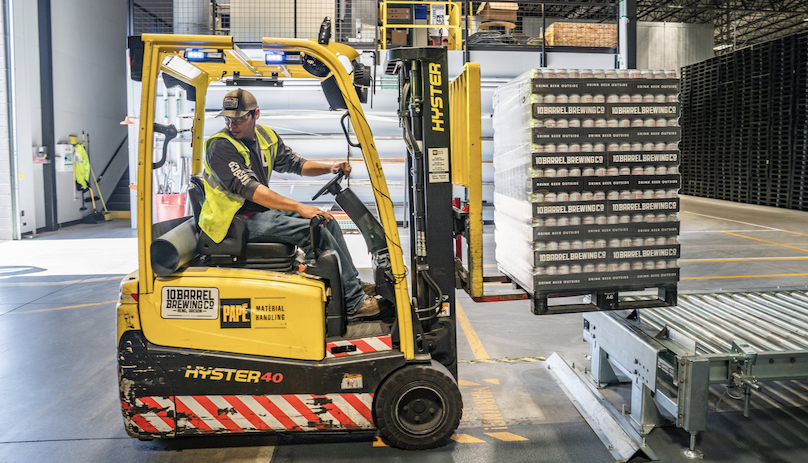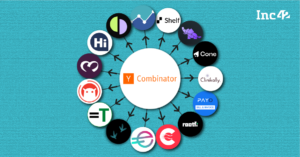As an e-commerce company, there are many reasons why you would opt to offer international shipping. Perhaps you’re importing materials to be used in a domestic factory. Alternatively, you could be importing products from your manufacturer. Or are you shipping products to a warehouse in another country or a warehouse that you use for Shopify sales?
Whatever your reason, you want to ensure that your process runs smoothly. However, it pays to expect it not to run smoothly when you first start shipping internationally until you get more familiar with the process. During this process, you will come into contact with the customs clearance process, and being prepared for what this entails is vital to ensure the process runs smoothly.
What is Customs Clearance?
Customs clearance is the process of passing goods through customs for them to enter or leave a country. Each country has its own customs department, with which you must comply.
For goods to be received, customs usually require that you fulfill the documentation requirements and pay the correct duties.
Customs clearance worldwide will vary from country to country, but essentially they are all pretty much the same. When it comes to helping products to clear customs quickly, there are some tips you should follow to make life easier for everyone involved.
How Can you Ensure A Smooth Customs Clearance Process?
Be Clear and Descriptive – When filling in your commercial invoice, be as descriptive as possible. Include the exact quantity, materials, intended use, and the exact product description. For example, if you are shipping women’s clothing items, simply putting women’s clothes isn’t enough. Instead, write; 2 women loungewear outfits comprising a jumper and bottoms (100% cotton) in each set. Likewise, if you are sending documents, don’t just write documents; instead, elaborate and say – 30 pages of legal documents.
Choose Your International Commercial Terms Carefully – Various types of import deliveries essentially outline who is responsible for getting goods through customs.
Incoterms – Define the point in the shipping process when the responsibility for a shipment (such as risk, costs, and insurance) shifts from the sender to the receiver. Before goods are shipped, the sender and receiver agree on the Incoterms, which specify who pays for shipping costs. For example, DAP is an abbreviation for “delivery at place,” whereas DDP is an abbreviation for “delivered duty paid.”
Many retailers choose DAP meaning the customer has to pay when they receive the goods. If you choose this option, then make it clear to international customers they could pay a fee upon delivery.
Paperwork – Always attach your paperwork to the outside of the shipment in an easy-to-see place. This will allow for an easier transition through customs as workers won’t automatically open your shipment due to health and safety concerns. However, putting paperwork inside your shipment can add delays to the process.
Digital Records – Create a digital folder for your customs documents in a secure cloud storage solution such as Box or Dropbox. Scan and upload any paper documents to make it easier to keep track of things. Make sure to organize your digital file folders as well. Create one folder per year, then within that, create folders for each shipment’s date.









